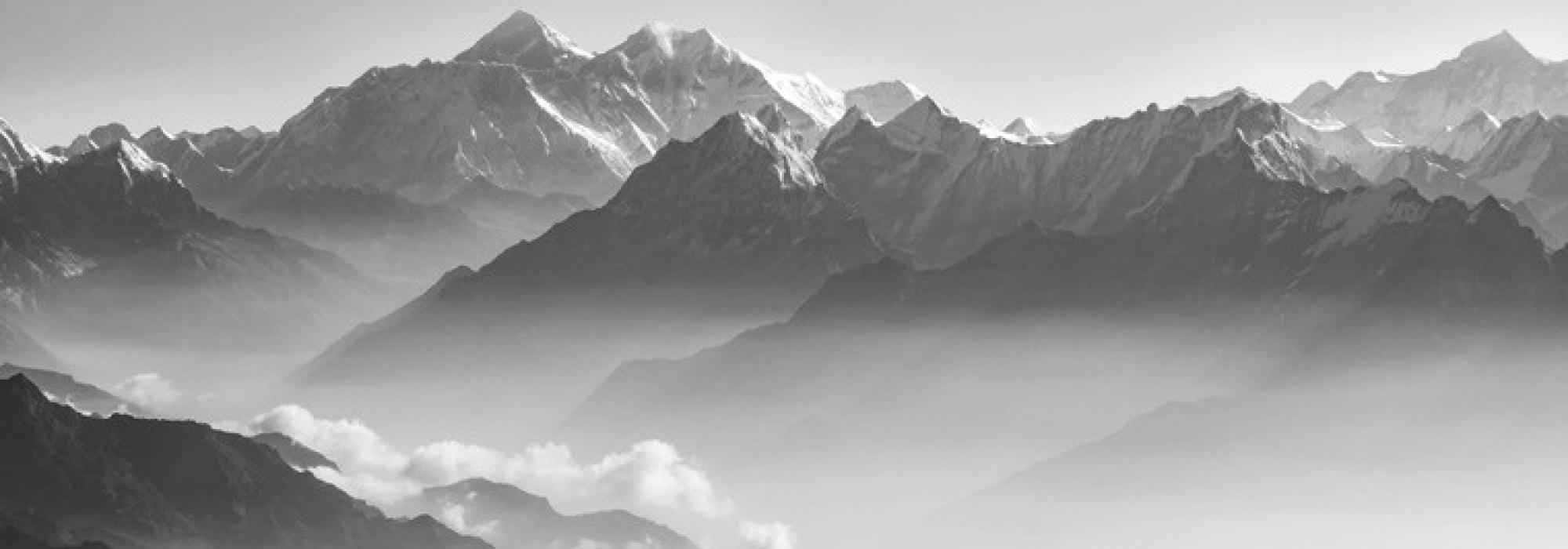A discussion about scriptural authority follows. Finally the fundamental question of the utility of learning itself comes up. Parivrājaka patiently explains everything with verses which are alluded to before already. He also says that sometimes just to know the utility of learning one needs to learn first!
During these discussions, one might wonder what value it brings into a prahasana which should evoke mirth. Firstly, it establishes the nature of the characters firmly, secondly, this build up finds its fruition in the next part where the exchange of ātmās happen! Still it could have been trimmed a bit. Especially since the introduction of Śāṇḍilya which happens in the very beginning, almost half the play consists of just such deliberations.
At this juncture we see some humour again when Śāṇḍilya asks if the Parivrājaka can use all his learning and enter someone’s house unseen, so that his skills can aid in thievery! But Śāṇḍilya’s interest in thievery too is limited to finding food.
Here Lockwood and Bhat again find some suggestions which seem stretched.
“23. The word, here, for ‘house’ (gehāni) also has the meaning of ‘body’. There is thus the irony of the question whether the Mendicant can enter other people’s bodies – the foreshadowing of something which the Mendicant, in fact, does later in the play.”
While the body is figuratively compared to house or city (pura) in many places there is no literal meaning for a house which would mean to be the body.
Then the discussion veers towards Yoga and its definition. Śāṇḍilya rebels saying that let the Parivrājaka worry about Yoga while he worries about the next meal! He finally snaps and says that he is grateful to Buddha who has said that neglecting food amounts to neglecting everything! When Parivrājaka is curious he says as a matter of fact the preceptor already knows that he was following buddhism and when asked about his learning he quotes Sāṅkhyā maxims saying, that is what ‘Jina’ has said in the piṭakas, oblivious to the fact that piṭakas are related to Buddhism, ‘Jina’ though can mean any jīvanmukta it is mostly used to denote Mahāvīra, and the content is also not from piṭakas. He blames his preceptor saying without food his mind is confused now and the preceptor is the reason for that! As if to prove that he has indeed learnt something he also quotes the same five tenets like Nāgasena in Matta-vilāsa
अदत्तादानाद्विरमणं शिक्षापदम् ।
[Not taking what isn’t readily given, is what is ordered]
मृषावादाद्विरमणं शिक्षापदम् ।
[Not speaking lies, is what is ordered]
अब्रह्मचार्याद्विरमणं शिक्षापदम् ।
[following brahmacarya, is what is ordered]
प्राणातिपाताद्विरमणं शिक्षापदम् ।
[Not killing any living being, is what is ordered]
अकालभोजनाद्विरमणं शिक्षापदम् ।
[Not eating at inappropriate times, is what is ordered]
While there Nāgasena is well fed and he wants to violate अब्रह्मचार्याद्विरमणं here Śāṇḍilya has left Buddhism not being able to adhere to अकालभोजनाद्विरमणं as he always thinks about the next meal! In the subsequent events we also see that it would have been difficult for him to adhere to अब्रह्मचार्याद्विरमणं too!
Here we finally come out of philosophical discussions to the crux of the play. Vasantasenā enters with the two attendants Madhukarikā and Parabhṛtikā. Here like the Vasantasenā of Mṛcchakaṭika she seems to have fallen in love even though she is a courtesan. So the name perhaps is befitting to her character! The relationship has become so certain that Madhukarikā calls Rāmilaka as brother-in-law! (आवुत्तः) Madhukarikā is sent to fetch Rāmilaka who is her lover. Meanwhile she sings in a sweet voice which attracts Śāṇḍilya’s attention. The verse she sings is also appropriate considering its meaning.
परभृतमधुकरनादज्याघोषः काम एष उद्याने ।
तिष्ठति सहकारशरो मुह्यति नूनं मनोऽपि मुनेः ॥१८॥
[With his bow string sounding like the buzzing of bees and the singing of the cuckoos,
Manmatha is here in this garden,
His arrows are the shoots of mango,
He distracts even the minds of the munis]
As if by cue Śāṇḍilya is instantly distracted hearing it! He describes her singing to be the pāyasam in which extra ghee has been added to elevate its taste!.
Here too, Lockwood and Bhat, goes on a tangent and describes a story which has nothing to do with the plot.
“29. Pāyasam is a sweet pudding. The playwright, here, is satirizing fallen Buddhism. This mention of pāyasam would bring to mind an important episode in the life of the Buddha, an event which followed the momentous decision of the fasting Gautama (the Buddha-to-be) to give up his severe austerities. On the morning of that day, when he became determined to achieve enlightenment or never again to rise from his seat under the pïpal tree, he was offered päyasam by a village girl named Sujātā – and he then accepted this päyasam, ending his near-death fasting. Against this well-known background (well-known, surely, to those who lived in South India in the seventh century), King Mahendra juxtaposes his gluttonous character, a fallen-away Buddhist monk, Śāṇḍilya, who compares the melodious singing of a courtesan to sweet pāyasam (Pāli: madhura pāyasa).”
Pāyasam would have been a well-known sweet and Śāṇḍilya would have used this simile as though making a routine statement. Too much suggestion shouldn’t be extracted from such statements!
As soon as he recognises that she is the courtesan Vasantasenā, he immediately exclaims that the rich are indeed fortunate! Śāṇḍilya also asks his preceptor to listen and again taunts him that he would have enjoyed her company only if he had money. Even here Parivrājaka seems quite patient.
Yamapuruṣa meanwhile enters the scene and declares his intent to us, the audience. He describes her beauty, which is interesting since he out of all people should know how transient it is!
This is the thirteenth part of the multi-part essay on "Critical Appreciation of Prahasanas". Thanks to Śatāvadhāni Dr. R Ganesh, Shashikiran B N and Hari Ravikumar for reviews and valuable inputs.













































